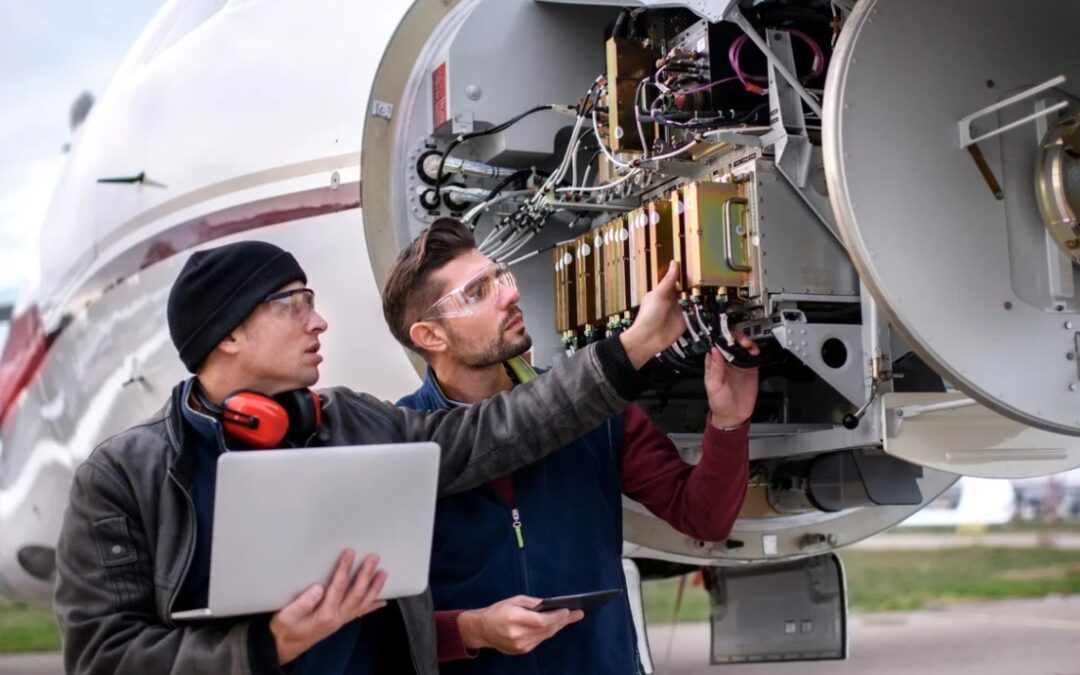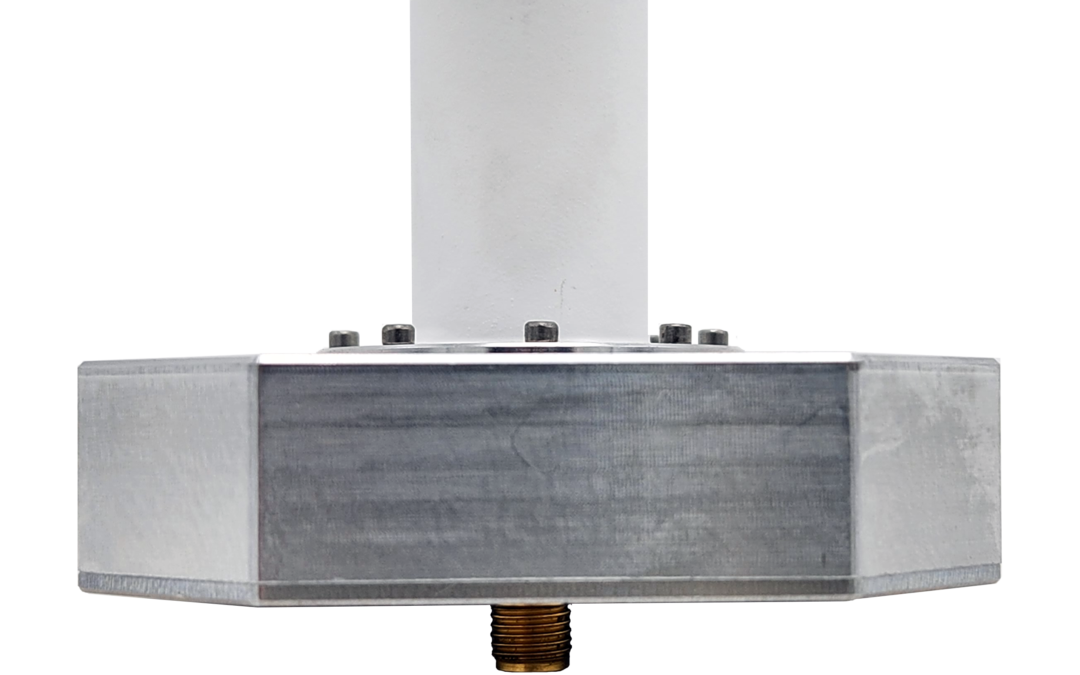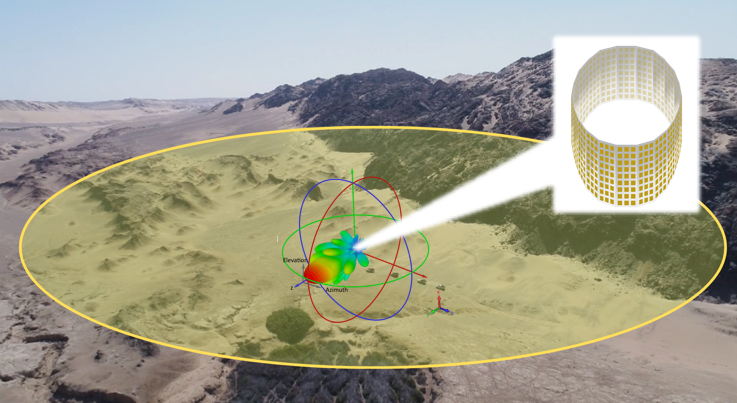5 Ways Physical Objects Impact RF Signals
May 2024In a previous post, we introduced ten of the several factors that affect antenna performance. One of these factors is physical obstruction. As previously discussed, a physical obstruction’s effect is dependent on its size, material, as well as position relative to the signal path. In this post, we elaborate further on how physical obstructions can affect RF signal transmissions.

1. Signal Blockage
Signals are transmitted and received better when the path between transmitters and receivers is clear and direct. Physical obstructions such as buildings, trees, or terrain can block the direct path between the transmitter and receiver. Signal blockage can lead to signal attenuation or complete signal loss, especially at higher frequencies, where the signal does not diffract well around obstacles. (More on diffraction later…)
Imagine a scenario where you have a wireless router inside your house, and you’re trying to connect to it from your backyard. Between your device and the router, there’s a large tree. The tree’s trunk and branches can directly block the path between the router’s antenna and your device. This can significantly reduce the signal strength or even completely block the signal, especially if the tree is dense or if there are many branches in the way.
2. Multipath Interference
Obstructions can cause reflections of the radio waves, leading to multipath interference. In our hypothetical router scenario, the tree can reflect the signal, creating multiple paths for the signal to reach your device. However, these reflections can interfere with one another, or even cancel each other out, leading to a weaker or distorted signal at your device.
3. Attenuation
Some materials can absorb antenna signals to a varying degree. As you may recall from a previous post, water, for example, is a good absorber of radio waves. This is why rain or humidity can negatively affect wireless communications. Also for this reason, outdoor antennas need to be qualified to withstand a considerable amount of moisture.
Materials that contain water, including human bodies, can absorb radio waves to a certain degree as well. Even materials such as concrete and brick are composed of water, meaning they, too can absorb radio waves.
Especially when wet, the leaves on our hypothetical tree can absorb some of the radio waves, further weakening the signal. While not as effective as metal or concrete, wood can still absorb radio waves, particularly at higher frequencies, this means that the tree’s trunk, as well as its branches, can also absorb your signal.
Other known “absorbent” materials include metal, which is why it’s commonly used in electromagnetic shielding against signal interference. Again, the absorption effect can be more pronounced at higher frequencies, where the signal is more easily absorbed by objects in its path.
4. Shadowing
These shadow zones can vary in size and shape, depending on the characteristics of the obstruction and the frequency of the radio waves. The tree can create a shadow zone behind it, where the signal is significantly weakened or blocked. If your device is in this shadow zone, you may experience poor or no connectivity to the router. This is also why some buildings have poor signal reception.

5. Diffraction
This time, let’s imagine a scenario where you have have a wireless security camera mounted on the corner of a building, and you’re trying to receive the camera’s signal on a receiver located around the corner. Between the camera and the receiver, there’s a sharp edge where the building’s wall meets another structure at a right angle.
Diffraction can occur when the RF signal emitted by the camera encounters this sharp edge. The edge acts as a secondary source of radiation, causing the RF signal to bend around the edge and propagate into the area behind the corner. This phenomenon allows the receiver to detect the signal even though there is no direct line of sight between the camera and the receiver.
Without diffraction, the sharp edge would block the RF signal, creating a shadow zone behind the corner where the receiver would not be able to receive the signal. However, because of diffraction, some of the signal bends around the corner, allowing the receiver to receive a weaker, but still detectable signal.
Latest Posts

An Abundance of Aircraft Antennas
Home » Media Center » Blog » An Abundance of Aircraft AntennasWhen you look at an aircraft, you...

Which Antennas are Suitable for Sensor Systems?
Sensor antennas play a crucial role in various applications, including environmental monitoring, wireless sensor networks (WSNs), IoT devices, and industrial automation, medical devices, radar and navigation. These antennas come in different types, each designed for specific sensor systems and frequency ranges.

Using RF Technology for Counter-UAS
In this post, we talk more about the security risks that come with unmanned technology, as well as introduce JEM Engineering’s solution for mitigating these risks.
